advancing the mitigation of Climate Change and Global Warming through Geoengineering education and research
Marine Cloud Brightening
Marine cloud brightening is a solar radiation management geoengineering or climate engineering approach that increases the reflectivity or albedo of marine clouds by seeding them with seawater aerosol (Latham et al., 2008) (see Cloud Brightening Project Video below). This geoengineering approach is a very promising solution to counteract Global Warming because it is easily implemented, potentially very effective and environmentally friendly.
Cloud Brightening Project. Courtesy of Southern Cross University, Sydney Institute of Marine Science, University of Sydney, Queensland University of Technology and EmiControls.
Cloud brightening is a well known and understood phenomenon that occurs when aerosols are injected into clouds by natural events such as volcanic eruptions (see the effect of aerosols on clouds in the NASA Video below).
NASA’s How Do Active Volcanoes Change Clouds? Courtesy of NASA’s Goddard Space Flight Center.
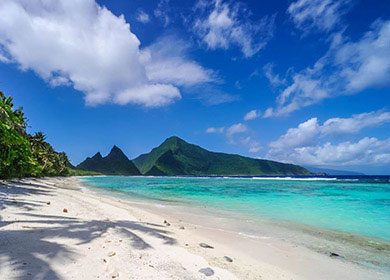
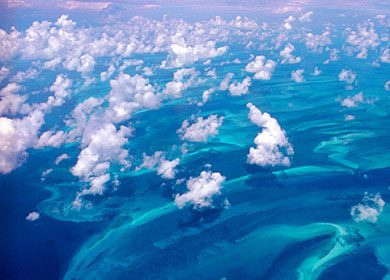

Albedo is the property of the surface of the Earth to reflect or absorb solar radiation. Albedo ranges from 0 to 1 with 1 representing the reflection of all light. The ocean’s average albedo is about 0.05 to 0.10 which results in the absorption of approximately 93% of incident solar radiation (Seitz, 2011). This sunlight that is absorb by the ocean is converted into heat which raises the temperature of the ocean and the planet. By increasing the albedo of marine clouds, marine cloud brightening geoengineering can reflect more sunlight into space, cool the ocean and the atmosphere, and reduce Global Warming.
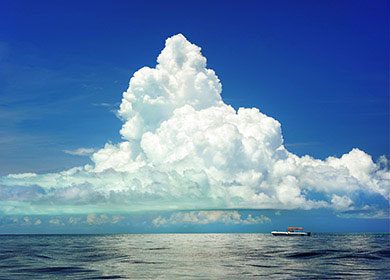
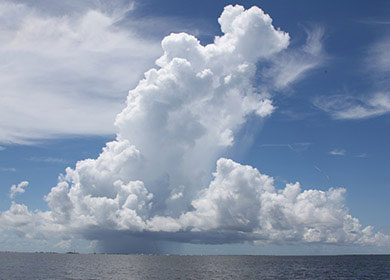

Marine cloud brightening is based on the work of the cloud physicist Dr. Sean Towmey (Towmey, 1977). Twomey found that when the concentration of cloud condensation nuclei increases, cloud water droplets become smaller and more numerous which leads to increased cloud albedo (see how aersols can create clouds and make clouds brighter in the NASA video below). In 2008, Latham et al. proposed that Towmey’s research could be applied on a large-scale to low-level marine clouds to cool the atmosphere and completely counteract the warming due to increased levels on carbon dioxide in the atmosphere.
NASA’s Ship Tracks Reveal Pollution. Courtesy of NASA Scientific Visualization Studio.

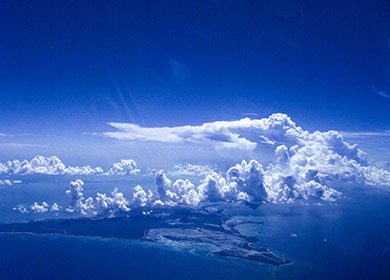
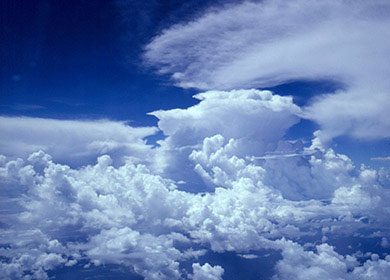
Salter et al. (2008) describe using unmanned, remote-controlled, wind-driven vessels (Flettner rotor ships) that would spray micron-sized drops of seawater into the air under marine clouds in order to increase their albedo. When the sprayed seawater droplets evaporate, leftover dried aerosol residues/particles (salt, biological material, etc. that was dissolved or suspended in the water droplets) will be carried by the wind up to the cloud layer where they will act as cloud condensation nuclei. Cloud condensation nuclei or cloud seeds are small particles that help form water droplets in clouds (water vapor condenses on these particles).
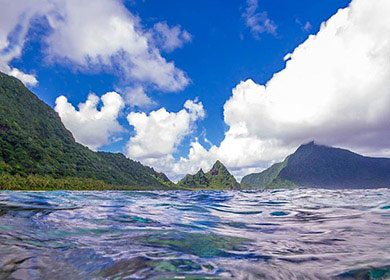
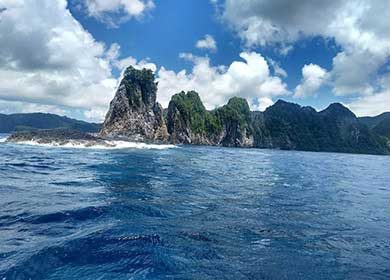
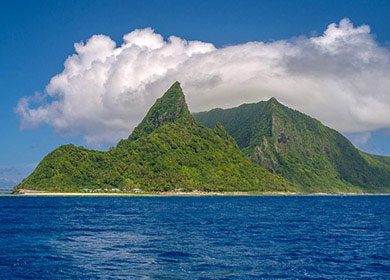
The North Pacific, South Pacific, and South Atlantic have been identified by the International Satellite Cloud Climatology Project as areas with persistent marine stratocumulus clouds and thus excellent areas for this solar radiation management geoengineering approach (Jones et al., 2009).

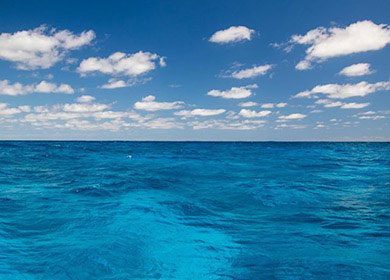
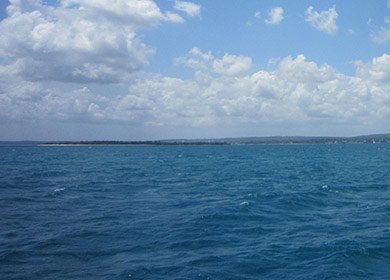
References
- Jones, A., Haywood, J. and Boucher, O., 2009. Climate impacts of geoengineering marine stratocumulus clouds. Journal of Geophysical Research: Atmospheres, 114(D10).
- Latham, J., Rasch, P., Chen, C.C., Kettles, L., Gadian, A., Gettelman, A., Morrison, H., Bower, K. and Choularton, T., 2008. Global temperature stabilization via controlled albedo enhancement of low-level maritime clouds. Philosophical Transactions of the Royal Society A: Mathematical, Physical and Engineering Sciences, 366(1882), pp.3969-3987.
- Salter, S., Sortino, G. and Latham, J., 2008. Sea-going hardware for the cloud albedo method of reversing global warming. Philosophical Transactions of the Royal Society A: Mathematical, Physical and Engineering Sciences, 366(1882), pp.3989-4006.
- Seitz, R., 2011. Bright water: hydrosols, water conservation and climate change. Climatic Change, 105(3-4), pp.365-381.
- Twomey, S., 1977. The influence of pollution on the shortwave albedo of clouds. Journal of the atmospheric sciences, 34(7), pp.1149-1152.